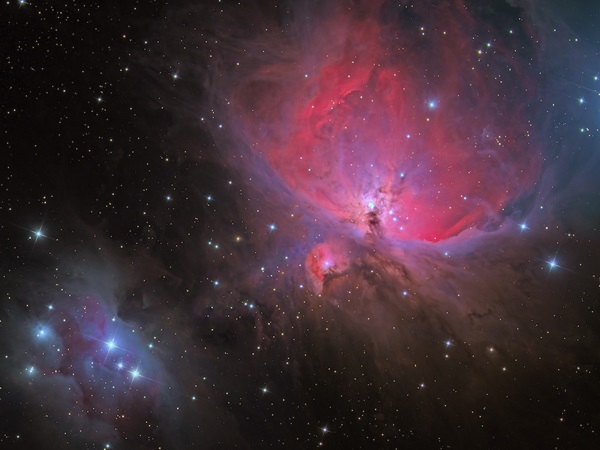The night sky is filled with wonders and mysteries that have fascinated humans for centuries. From ancient civilizations that used the stars to navigate and tell time, to modern astronomers who use telescopes and satellites to study the cosmos, the sky above has always captured our imagination. Here are 10 things you might not have known about the night sky:
- The stars you see at night are actually suns like our own, but they are so far away that they appear as tiny points of light. The nearest star to Earth, aside from the sun, is Proxima Centauri, which is about 4.2 light-years away.
- The stars in the night sky are constantly moving, but they appear to be stationary because they are so far away. In reality, the stars are moving at incredible speeds through the Milky Way galaxy.
- The Milky Way is a barred spiral galaxy, meaning it has a central bar and spiral arms. It is estimated to contain over 100 billion stars, and it is about 100,000 light-years in diameter.
- The constellation Orion is one of the most recognizable in the night sky, and it has many myths and legends associated with it. In Greek mythology, Orion was a hunter who was placed in the sky after his death.
- The Big Dipper is a well-known asterism (a recognizable pattern of stars) within the constellation Ursa Major (the Great Bear). The Big Dipper is actually an optical illusion, as the stars are at different distances from Earth and not physically connected.
- The North Star, also known as Polaris, is the brightest star in the constellation Ursa Minor (the Little Bear). It is used as a reference point for navigation, as it appears to be stationary in the sky due to its position directly above the North Pole.
- The zodiac is a belt of constellations that appears to encircle the Earth and is used in astrology to predict personality traits and future events. The constellations of the zodiac are: Aries, Taurus, Gemini, Cancer, Leo, Virgo, Libra, Scorpio, Sagittarius, Capricorn, Aquarius, and Pisces.
- The planets in our solar system can sometimes be seen in the night sky, and they often appear to move among the stars. Venus is often referred to as the “Morning Star” or the “Evening Star” because it is so bright and visible in the sky.
- The Moon is the Earth’s only natural satellite, and it is about 238,855 miles from Earth. It has a powerful influence on the tides, and it appears to change phases as it orbits the Earth.
- The Aurora Borealis (Northern Lights) and Aurora Australis (Southern Lights) are natural light displays that occur in the Earth’s atmosphere. They are caused by charged particles from the sun interacting with the Earth’s magnetic field.
As you look up at the night sky, remember that you are looking at a vast and complex universe full of wonders and mysteries. With a little knowledge and a sense of wonder, you can unlock some of its secrets and marvel at the beauty of the cosmos.

